Experts
Tough times require tough choices
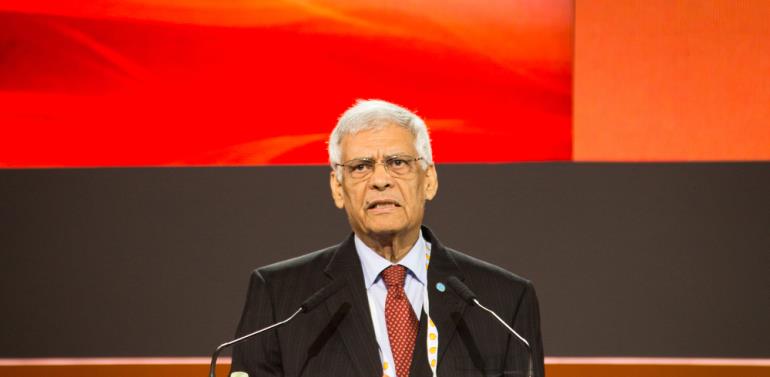
OPEC Secretary General HE Abdalla S. El-Badri, spoke at the Chatham House MENA Energy Conference recently in London. The theme of the conference was “Power, Security and Energy Markets”, Overview: Energy Markets, Political Developments and Security Challenges. Excerpts from his impactful speech.
To put it simply: the market is currently going through a significant readjustment. Since July 2014, prices have fallen by more than 70 per cent, many investments have been deferred and some cancelled, manpower has been laid off, supply has been greater than demand, stocks have risen above their five-year average, and the market has been searching for balance.
The pain of this readjustment is being felt across the industry. These are tough times. But we should also remember that ‘tough times’ are nothing new for the industry. It has been here before. The story of our industry is one of many cycles, both up and down.
We have had periods when prices were low, and periods when prices were high. We have seen times when supply outstripped demand, and times when supply has struggled to keep up. There have been long periods of stability, as well as periods of instability.
Of course, every situation is different, and in this current cycle it is important to ask the questions: how did we get here, and how might we get out?
It is well documented that the cycle on this occasion has been supply-driven, with most of the supply increases in recent years coming from high-cost production. Until 2015, all of the supply growth since 2008 has come from non-OPEC countries. Between 2008 and 2014, overall non-OPEC growth was more than 6 million barrels a day, while OPEC actually saw a contraction.
In fact, in 2013 and 2014, OPEC supply fell by more than 1 million barrels a day and non-OPEC grew by 3.7 million barrels a day. To put this in some context, global demand growth over these two years was 2.3 million barrels a day.
In 2015, this dynamic changed as expansion was seen from both non-OPEC and OPEC. Non-OPEC grew by slightly over 1.2 million barrels a day, and OPEC at around 1 million barrels a day.
These numbers are important when we look at the growth in OECD commercial stocks. As this graph highlights, the five-year average was at its lowest level at the end of 2013. Since then the five-year average has risen dramatically, from a negative level of 85 million barrels to a surplus of more than 260 million barrels at the end of 2015. There is no doubt this has strongly impacted crude prices.
Moreover, for the same period there has also been a rise in non-OECD inventories, plus an expansion in some non-OECD strategic petroleum reserves.
It is vital the market addresses the issue of the stock overhang. As you can see from previous cycles, once this overhang starts falling then prices start to rise.
Given how this developed, it should be viewed as something OPEC and non-OPEC tackle together. Yes, OPEC provided some of the additional supply last year, but the majority of this has come from Non-OPEC countries.
It is crucial that all major producers sit down to come up with a solution to this. The market needs to see inventories come down to levels that allow prices to recover and investments to return.
This is not only crucial for producers, but consumers too. The world desires more oil, and this means more investment.
OPEC sees oil demand increasing by around 17 million barrels a day between now and 2040, reaching close to 110 million barrels a day by then. And in terms of oil-related investment requirements, these are estimated to be around $10 trillion over this period.
However, the current environment is putting this future at risk. At current price levels, it is clear that not all of the necessary future investment is viable.
New barrels are needed not only to increase production, but to accommodate for decline rates from existing fields.
We need to remember that low oil prices are bad for producers today and lead to situations that are bad for consumers tomorrow. And high oil prices are bad for consumers today and lead to situations that are bad for producers tomorrow.
Thus, as I have often said, extreme prices – either too high or too low – are not in the interests of either producers or consumers.
-

 Alamaliktistaad Magazines2 months ago
Alamaliktistaad Magazines2 months agoAlam Al Iktisaad – September 2025 Edition
-

 News2 months ago
News2 months agoKitchenomiKs Secures Investment of US$3.2M Led by Jasoor Ventures
-
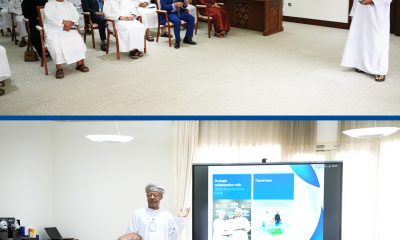
 Banking & Finance2 months ago
Banking & Finance2 months agoOman Arab Bank Highlights Its Ongoing Strategic Initiatives and Future Plans
-
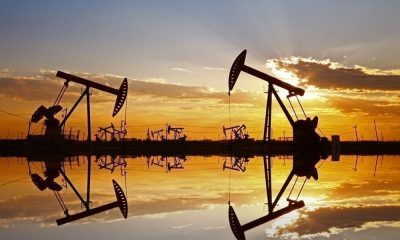
 News2 months ago
News2 months agoIEA Expects Global Oil Market to Remain Oversupplied in 2026
-

 Energy2 months ago
Energy2 months agoWLGA Middle East LPG Summit & Expo 2025 to be held at OCEC on November 10 and 11
-

 Real Estate2 months ago
Real Estate2 months agoAl Mouj Muscat Unveils Azura Beach Residences Phase 2: A New Chapter in Waterfront Living
-
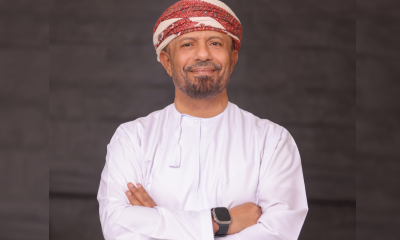
 Leaders Speak1 month ago
Leaders Speak1 month agoDhofar International Development and Investment Company: Driving Sustainable Growth and Strategic Synergies in Oman’s Investment Landscape
-
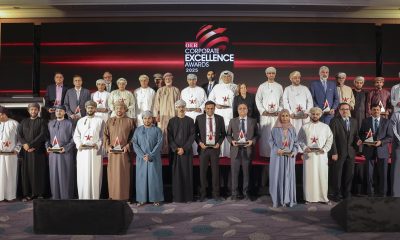
 Events1 month ago
Events1 month agoOER Corporate Excellence Awards 2025 Honours Entities and Innovations in Oman































You must be logged in to post a comment Login